Hormone Replacement Therapy, more commonly referred to as HRT, is one of the most widely used treatments to combat menopausal symptoms and has helped untold women to navigate this difficult stage in their lives.
Utilising replacement hormones to make up for what the menopausal body lacks, it treats negative side-effects of the transition such as night sweats, vaginal dryness, headaches, low mood, reduced sex drive, and the infamously hellish hot flushes.
If you’re curious about how it could help you, let’s take a look at what HRT is and how it works.
The lowdown on HRT
HRT is an umbrella term used to describe a wide variety of treatment options. Medication is available in all shapes and sizes, with the aim being to provide menopausal women with as much choice as possible.
Hormones are introduced to the body through three main ‘routes of delivery’: tablets, transdermal (through the skin) methods, and implants. In cases where vaginal and bladder symptoms are being treated, oestrogen can also be taken as a vaginal tablet, cream, or ring to provide more localised relief.
Types of HRT
Most forms of HRT will incorporate various amounts of oestrogen and progesterone, with over 50 different combinations currently available to choose from. The type that will be best suited to you will be dependent on a variety of factors, such as your stage in the menopausal process. The main forms are:
Oestrogen only
Oestrogen is the core ingredient in all forms of HRT and can be used to relieve hot flushes and vaginal symptoms, as well as helping to maintain bone strength. It will often be prescribed to women who have had a total hysterectomy, and can be taken as a daily tablet, or else provided through a patch, gel, or implant.
Oestrogen and progestogen combined
Oestrogen only treatments can stimulate the lining of the womb, causing excess growth and possibly cancer, and this means that women who have not had a hysterectomy will be prescribed a progestogen combination to combat these side-effects. This can be taken as either a tablet or patch and is highly effective in treating menopausal symptoms.
Tibolone
One further option to explore is Tibolone, which delivers the combined effects of oestrogen, progestogen, and testosterone. It is effective in relieving menopausal symptoms, and can both prevent bone loss and increase libido. It tends to be particularly useful for women known to have endometriosis or fibroids as it does not stimulate these conditions as other forms of HRT can.
To learn more about HRT, contact Tania Adib today for nay advice of guidance.

